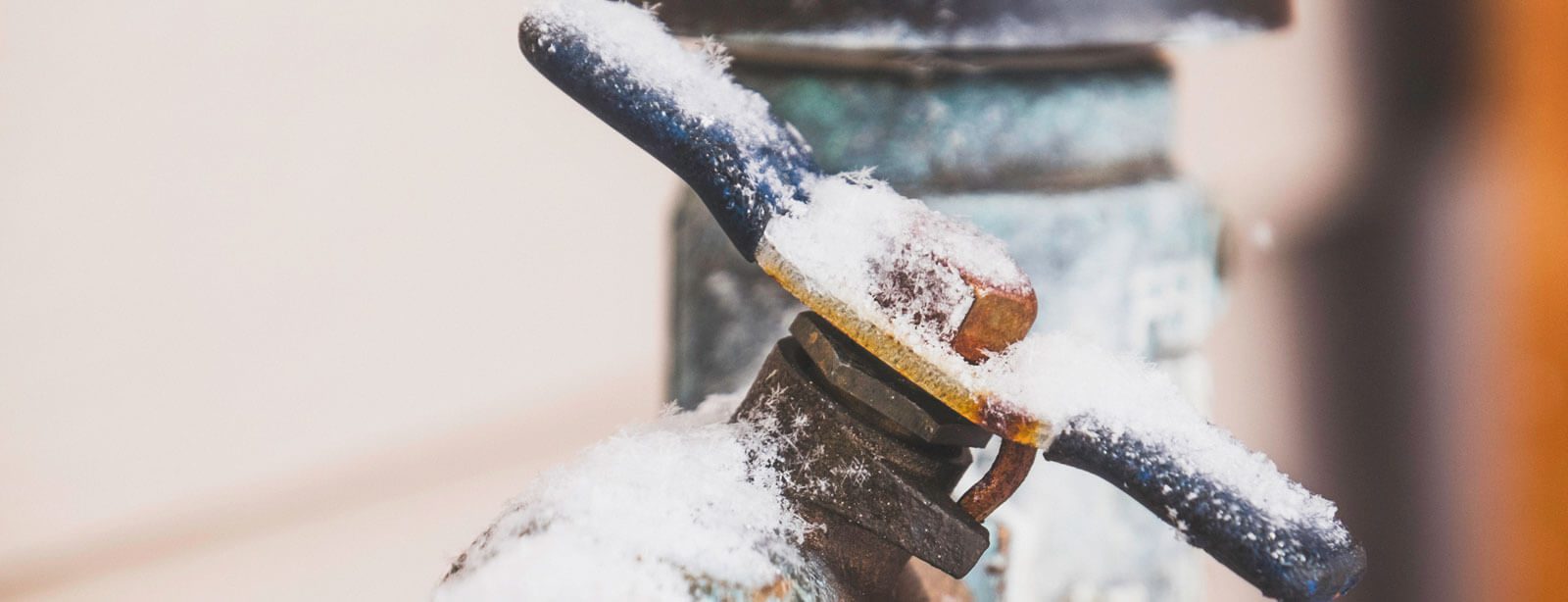Guidance for Avoiding Frozen Plumbing in Winter: Professional Advice
Guidance for Avoiding Frozen Plumbing in Winter: Professional Advice
Blog Article
This article following next on the subject of Preventing and dealing with frozen pipes is incredibly compelling. You should keep reading.

Cold weather can ruin your plumbing, specifically by freezing pipes. Below's exactly how to stop it from occurring and what to do if it does.
Intro
As temperatures decrease, the threat of frozen pipes increases, potentially resulting in costly repair work and water damage. Understanding just how to avoid icy pipelines is important for property owners in cold climates.
Prevention Tips
Insulating prone pipes
Wrap pipelines in insulation sleeves or use warm tape to protect them from freezing temperatures. Concentrate on pipes in unheated or outside locations of the home.
Heating techniques
Maintain indoor areas properly warmed, particularly areas with plumbing. Open cabinet doors to permit cozy air to distribute around pipelines under sinks.
Just how to determine frozen pipelines
Search for decreased water circulation from taps, unusual smells or sounds from pipelines, and noticeable frost on exposed pipelines.
Long-Term Solutions
Structural modifications
Take into consideration rerouting pipelines far from exterior wall surfaces or unheated locations. Include extra insulation to attics, cellars, and crawl spaces.
Updating insulation
Buy high-quality insulation for pipelines, attics, and wall surfaces. Correct insulation assists maintain constant temperatures and decreases the danger of icy pipelines.
Shielding Exterior Plumbing
Yard pipes and outside faucets
Separate and drain garden hose pipes before winter months. Mount frost-proof spigots or cover outside faucets with protected caps.
Recognizing Frozen Pipes
What triggers pipelines to freeze?
Pipes freeze when subjected to temperature levels below 32 ° F (0 ° C) for expanded durations. As water inside the pipelines freezes, it increases, putting pressure on the pipe walls and potentially creating them to rupture.
Dangers and damages
Icy pipelines can result in supply of water disruptions, residential property damage, and pricey repair work. Burst pipelines can flood homes and create substantial architectural damage.
Indicators of Frozen Pipeline
Identifying icy pipelines early can avoid them from rupturing.
What to Do If Your Pipelines Freeze
Immediate actions to take
If you think icy pipes, maintain taps available to eliminate stress as the ice thaws. Make use of a hairdryer or towels soaked in hot water to thaw pipes slowly.
Verdict
Stopping frozen pipelines calls for aggressive procedures and quick actions. By comprehending the reasons, indicators, and preventive measures, house owners can secure their plumbing during cold weather.
5 Ways to Prevent Frozen Pipes
Drain Outdoor Faucets and Disconnect Hoses
First, close the shut-off valve that controls the flow of water in the pipe to your outdoor faucet. Then, head outside to disconnect and drain your hose and open the outdoor faucet to allow the water to completely drain out of the line. Turn off the faucet when done. Finally, head back to the shut-off valve and drain the remaining water inside the pipe into a bucket or container. Additionally, if you have a home irrigation system, you should consider hiring an expert to clear the system of water each year.
Insulate Pipes
One of the best and most cost-effective methods for preventing frozen water pipes is to wrap your pipes with insulation. This is especially important for areas in your home that aren’t exposed to heat, such as an attic. We suggest using foam sleeves, which can typically be found at your local hardware store.
Keep Heat Running at 65
Your pipes are located inside your walls, and the temperature there is much colder than the rest of the house. To prevent your pipes from freezing, The Insurance Information Institute suggests that you keep your home heated to at least 65 degrees, even when traveling. You may want to invest in smart devices that can keep an eye on the temperature in your home while you’re away.
Leave Water Dripping
Moving water — even a small trickle — can prevent ice from forming inside your pipes. When freezing temps are imminent, start a drip of water from all faucets that serve exposed pipes. Leaving a few faucets running will also help relieve pressure inside the pipes and help prevent a rupture if the water inside freezes.
Open Cupboard Doors
Warm your kitchen and bathroom pipes by opening cupboards and vanities. You should also leave your interior doors ajar to help warm air circulate evenly throughout your home.

Do you like more info about 6 Ways to Prevent Frozen Pipes? Make feedback down the page. We'd be delighted to listen to your reactions about this write-up. In hopes that you come back again in the near future. Remember to take the opportunity to distribute this page if you appreciated it. Thanks for your time. Revisit us soon.
Call Today Report this page